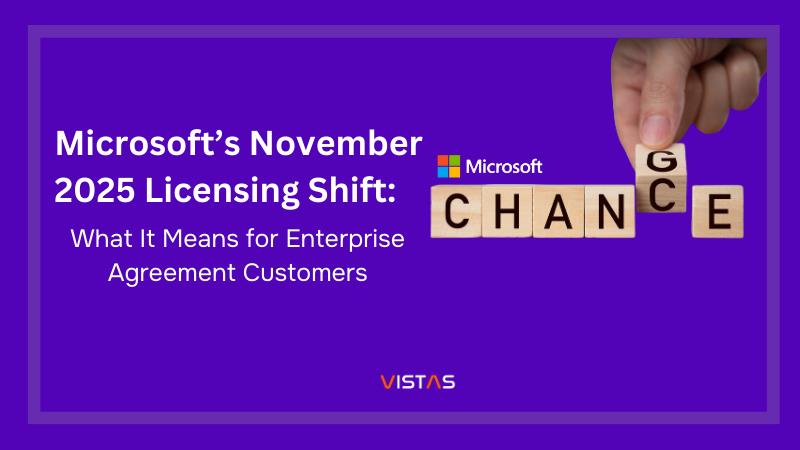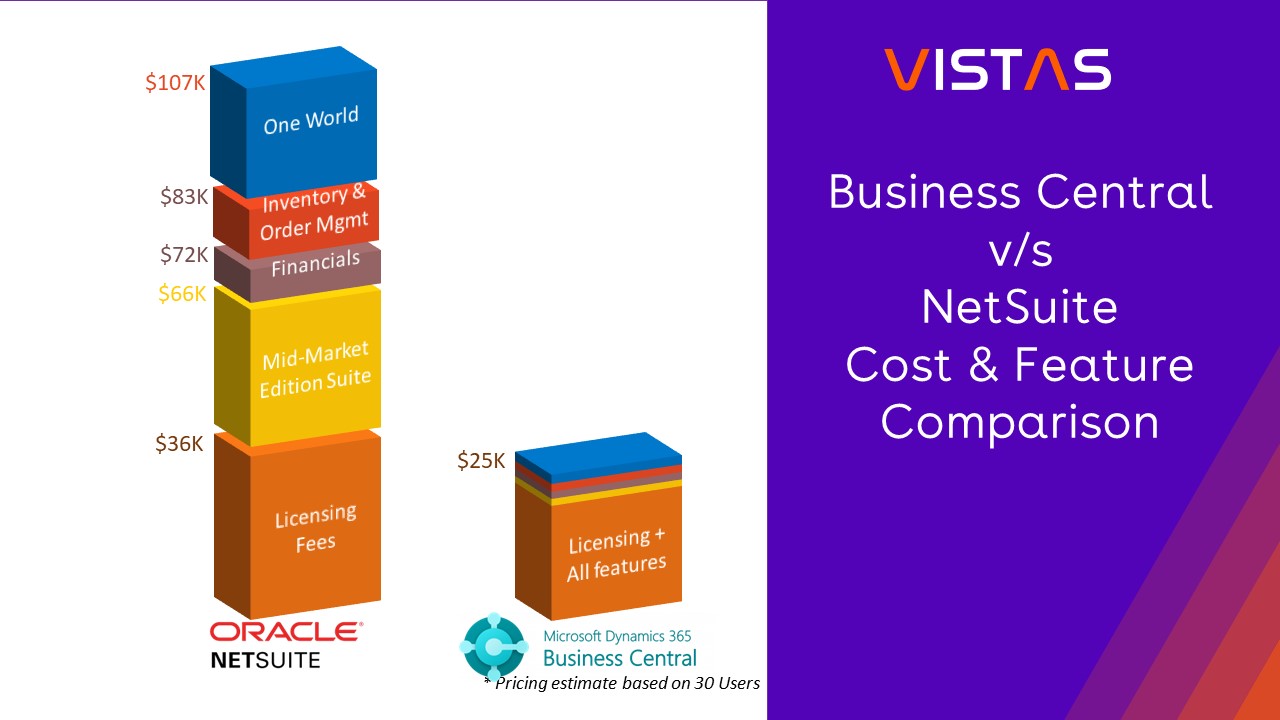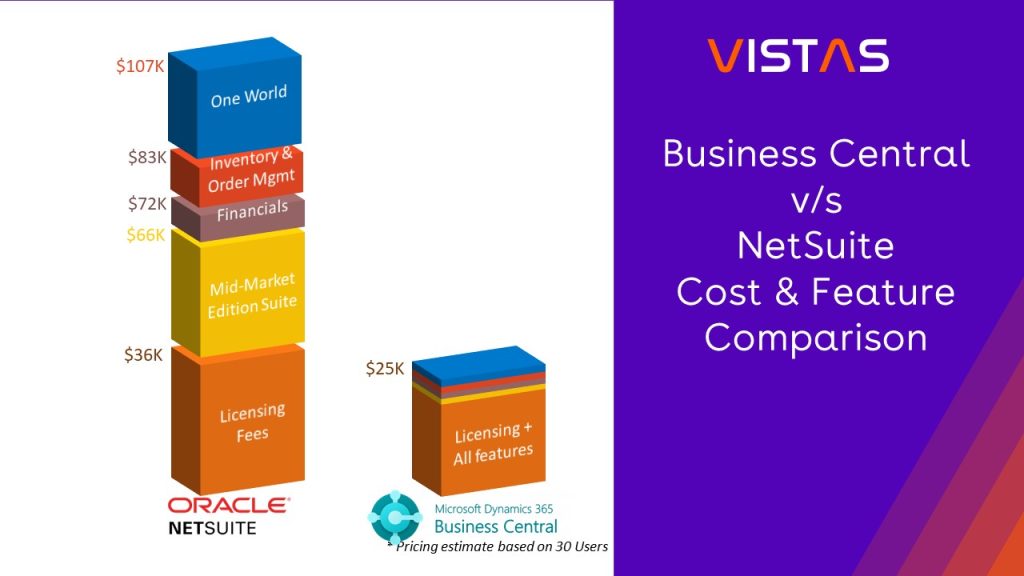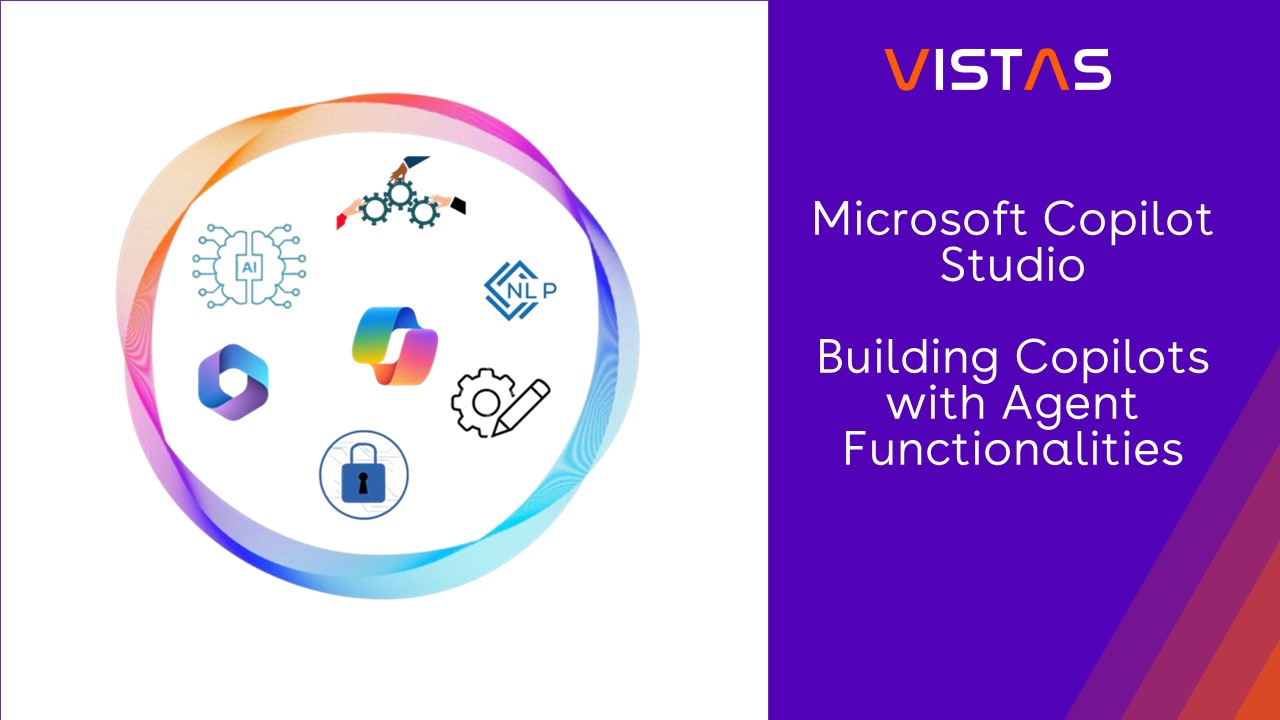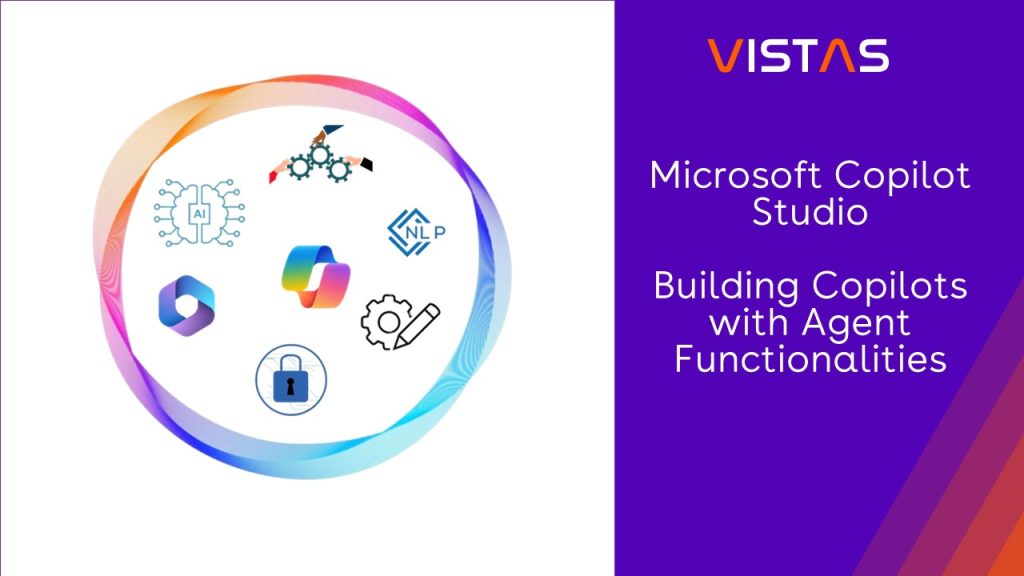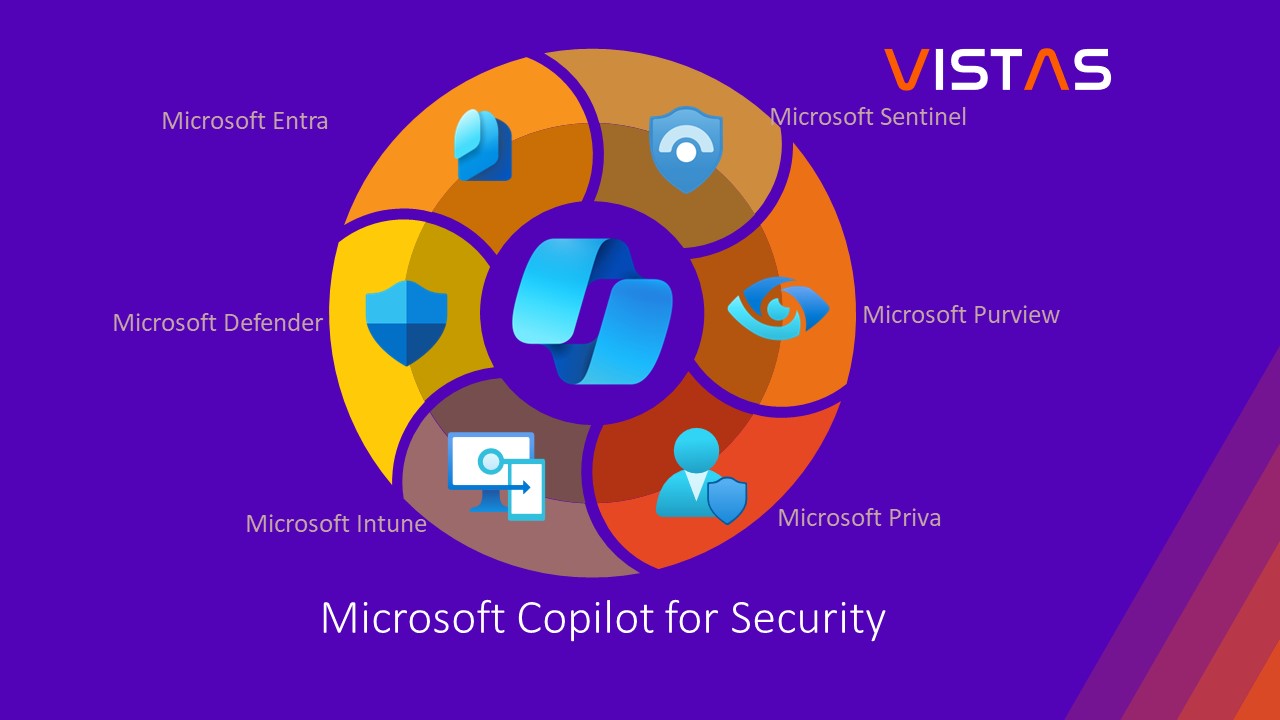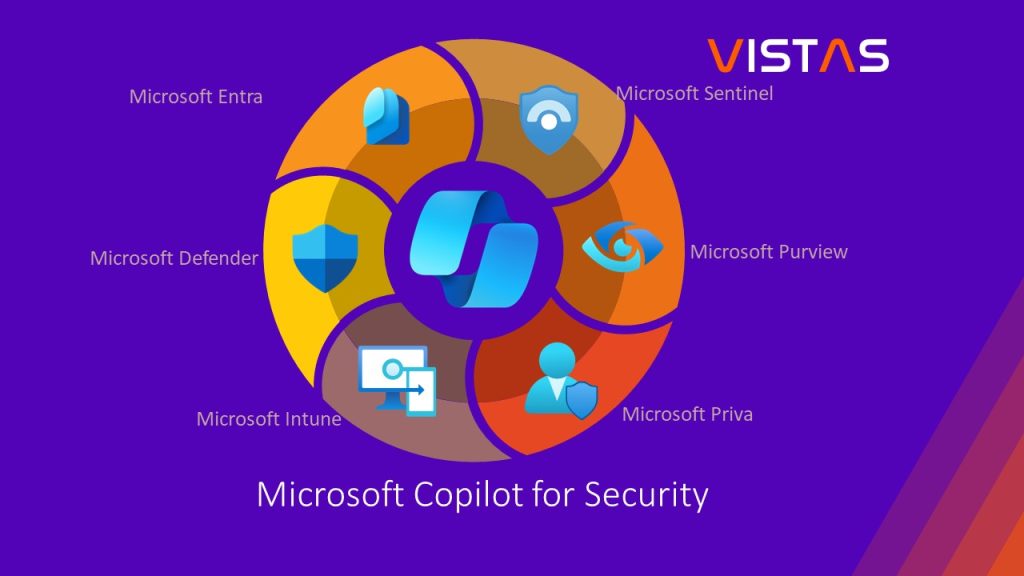Microsoft Dynamics 365 Business Central Overview Series – Supply Chain Management
Supply chain management (SCM) is defined as the design, planning, execution, control, and monitoring of supply chain activities to create net value, build a competitive infrastructure, leverage worldwide logistics, synchronize supply with demand, and measure performance globally. Supply chain management is the lifeline of a significant company. It involves managing the flow of goods and services, money, and information between businesses and locations. It includes the movement and storage of raw materials, work-in-process inventory, finished goods, and end-to-end order fulfillment from the point of origin to consumption. Interconnected, interrelated, or interlinked networks, channels and node businesses combine to provide products and services required by end customers in a supply chain. Supply chain management (SCM) is the broad range of activities necessary to plan, control and execute a product’s flow from materials to production to distribution in the most economical way possible. SCM encompasses the integrated planning and execution of processes required to optimize the flow of materials, information, and capital in functions that broadly include demand planning, sourcing, production, inventory management, logistics, storage, and transportation.
Supply Management through Microsoft Dynamics Business Central Sales integration
Enabling integration between Microsoft Business Central into supply management will lead to efficient use of resources to integrate raw material sources into a company’s distribution channels. The Microsoft Business Central shall improve trust and collaboration among supply chain partners, thus improving inventory visibility and the velocity of inventory movement of a business enterprise.
Following are the factors a Supply Chain Management System shall address with the Microsoft Dynamics Business Central.
- Purchase and Payable
- Purchase Invoicing
Set up, post, and print purchase invoices and purchase credit memos.
- Purchase Order Management
Manage purchase quotes, blanket orders, and purchase order processes. Creating a purchase order differs from making a purchase invoice directly. The quantity available is adjusted as soon as an amount is entered on a purchase order line, but it is not affected by a purchase invoice until the invoice is posted. Use this functionality to manage partial receipts, receive and invoice separately, create prepayment invoices for the purchase order, use quotes and blanket orders in the purchase phase. Quotes and blanket orders do not affect inventory figures.
- Purchase Return Order Management
Create a purchase return order to compensate your own company for wrong or damaged items. Items can then be picked from the purchase return order. You can set up partial return shipments or combine return shipments in one credit memo and link purchase return orders with replacement purchase orders.
- Alternative Order Addresses
Set up multiple addresses to manage orders from vendors that, in addition to the central business address, have more than one site from which they ship orders. The purchasing agent can select these additional locations when creating a purchase order or invoice.
- Purchase Invoice Discounts
Calculate invoice discounts automatically. The discount can differ from vendor to vendor with different minimum amounts (also in foreign currencies) and different rates, depending on the size of the invoice. The discount is calculated on the individual item lines and becomes part of the net sum of the invoice.
- Purchase Line Discounting
Manage multiple item purchase price discounts that you have negotiated with individual vendors based on such parameters as minimum quantity, the unit of measure, currency, item variant, and period. The best, as based on the highest discount, the unit cost is calculated for the purchase line when the order details meet the conditions specified in the purchase line discounts table.
- Alternative Vendors
Manage the purchase of the same item from different vendors. Set up alternative vendors for items, specify typical lead times, and record price and discount agreements with each vendor.
- Vendor Catalog Items
Offer items to customers that are not part of the regular inventory, but you can order from vendors or manufacturers on a one-off basis. Register these items as non-stock items but treat them like regular items.
- Inventory
- Basic Inventory
Set up stock items and specify properties such as their unit of measures, costing method, inventory posting group, and unit cost and price. Post item transactions, such as sales, purchases, and negative and positive adjustments from item journals. Store quantity and cost records of posted transactions in the inventory ledger and use that as the basis for inventory valuation and other costing calculations.
- Item Categories
Group items in a hierarchy and define custom categories that include specific attributes.
- Item Attributes
Add custom data, such as color, country of manufacture, size, or product dimensions, to applicable items to supplement built-in global item fields. Use Azure AI to let Business Central analyze images of your items and automatically suggest item attributes. Define types of attribute options, including list and text, and integer and decimal, including units of measure. Translate attribute names and options for multiple languages. Block attributes or attribute options from being used, for example, if they are no longer applicable.
- Item Tracking
Manage and track serial and lot numbers. Assign serial or lot numbers manually or automatically, receive and ship multiple quantities with serial or lot numbers from a single order line entry.
- Multiple Locations
Manage inventory in multiple locations representing a production plant, distribution centers, warehouses, showrooms, retail outlets, and service cars.
- Stock-Keeping Units
Manage stock-keeping units (SKUs). Identical items with the same item number can be stored in different locations and managed individually at each location. Add cost prices, replenishment, manufacturing information, and so on, based on the location.
- Location Transfers
Track inventory as it moves from one location to another. Account for the value of inventory in transit and at various locations.
- Shipping Agents
Set up multiple shipping agents (for example, UPS, DHL, external carriers, or your carrier) and relate their services (express, overnight, standard) with shipping time. Associate default shipping agents and their services with individual customers or specify those details on sales orders and transfer orders to improve order accuracy.
- Calendars
Set up calendars with working and non-working days. Assign a base calendar to customers, vendors, locations, companies, shipping agent services, and the service management setup and make changes when needed. Use calendar entries in date calculations on sales, purchase, transfer, production, and service orders, and the requisition and planning worksheets.
- Item Charges
Manage item charges. Include the value of additional costs such as freight or insurance in the unit cost or unit price of an item.
- Item Cross References
Identify the items a customer is ordering based on item numbers other than your own. Store and easily access cross-reference information from customers, vendors, manufacturers, generic numbers, universal product codes (UPCs), and European article numbers (EANs).
- Item Substitutions
Link items with similar characteristics suggest alternatives for out-of-stock items on orders. Provide extra service to customers by offering lower-cost options.
- Item Budgets
Define sales and purchase budgets on the customer, vendor, and item levels. Prepare and record a sales budget that can serve as input to decision-makers in operational areas such as purchasing and logistics. Get information about expected demand and use it in business discussions with customers. Finalize budgets and track the actual sales performance by calculating the variance—export budget figures to Excel for flexible calculations in the budgeting process.
- Analysis Reports
Provide decision-makers, especially those with responsibility for sales, purchases, and product portfolio management, with meaningful information that informs day-to-day decisions. Build on item entries to provide customizable analytics that let you add and combine analysis objects, such as customers, items, and vendors, according to your needs.
- Cycle Counting
Manage cycle counting to verify inventory record data used to maintain and increase inventory accuracy. You can set up cycle counting on the item or SKU level.
- Supply Plan and Availability
- Supply Planning
Plan material requirements based on demand with support for master production scheduling and materials requirements planning. Generate optimal suggestions for replenishing inventory transfers based on the item’s current and future demand and availability, as well as a variety of planning parameters, such as minimum and maximum quantities and reorder quantities. Use automatic orders for assembly, purchase, production, and transfers, and action messages to balance supply and demand. Use time buckets when planning material requirements.
- Demand Forecasting
Manage demand forecasting based on items. Input demand (sales) forecasts for products and components more conveniently (daily, monthly, quarterly). Create production and purchase orders that consider the demand forecast, available inventory, and plan requirements.
- Sales and Inventory Forecasting
Get deep insight into potential sales and a clear overview of expected stock-outs using the Sales and Inventory Forecast extension. Leverage its built-in Azure AI capabilities to generate reliable forecasts that make it easier to manage replenishment.
- Order Promising
Promise accurate order shipment and delivery dates based on an item’s current and future availability. When items are not available to meet a customer’s requested delivery date, calculate the earliest shipment date as either an available-to-promise date is based on an upcoming uncommitted supply or a capable-to-promise date is when items can become available.
- Drop Shipments
Handle orders that ship directly from the vendor to the customer without having to physically stock items in your inventory. Keep track of order costs and profit—link sales orders to purchase orders to control the sequence of posting tasks.
- Order Planning
Plan supply for all types of demand on individual orders using a simple supply planning tool.
As companies look for innovative ways to respond to changing customer demands in this era of the COVID-19 epidemic, Microsoft Dynamics 365 provide an integrated business support system. Microsoft Dynamics 365 business central is a cloud business application supported through a network of partners like VISTAS CLOUD. At VISTAS, we have over ten years of experience serving small to medium-size businesses with all business needs, including supply chain management. We support the unique needs of companies and have the expertise to customize Microsoft Dynamics 365 business central to fit your specific needs.
References
- Harland, C.M. (1996) Supply Chain Management, Purchasing and Supply Management, Logistics, Vertical Integration, Materials Management and Supply Chain Dynamics. In: Slack, N (ed.) Blackwell Encyclopedic Dictionary of Operations Management. UK: Blackwell.
- Kozlenkova, Irina V.; Hult, G. Tomas M.; Lund, Donald J.; Mena, Jeannette A.; Kekec, Pinar (2015). “The Role of Marketing Channels in Supply Chain Management”. Journal of Retailing. 91 (4): 586–609.
- Lam, Hugo K.S. (2018). “Doing good across organizational boundaries: Sustainable supply chain practices and firms’ financial risk”. International Journal of Operations & Production Management. 38 (12): 2389–2412.
- Wieland, Andreas; Handfield, Robert B.; Durach, Christian F. (2016). “Mapping the Landscape of Future Research Themes in Supply Chain Management”. Journal of Business Logistics. 37 (3): 205–212.
- Ravindran, Ravi; Warsing, Donald Jr. Supply chain engineering : models and applications. CRC Press. ISBN 9781138077720.
- Sadeghi, Javad; Mousavi, Seyed Mohsen; Niaki, Seyed Taghi Akhavan (2016) “Optimizing an inventory model with fuzzy demand, backordering, and discount using a hybrid imperialist competitive algorithm”. Applied Mathematical Modelling. 40 (15–16): 7318–7335.
- Robert B. Handfield; Ernest L. Nichols (1999). Introduction to Supply Chain Management. New York: Prentice-Hall. p. 2.
- Kozlenkova, Irina V.; Samaha, Stephen A.; Palmatier, Robert W. (2014). “Resource-based theory in marketing”. Journal of the Academy of Marketing Science. 42 (1): 1–21.
- Tao, Liangyan; Liu, Sifeng; Xie, Naiming; Javed, Saad Ahmed (2021). “Optimal position of supply chain delivery window with risk-averse suppliers: A CVaR optimization approach”. International Journal of Production Economics. 232: 107989.
- Guiffrida, Alfred L.; Nagi, Rakesh (2006). “Cost characterizations of supply chain delivery performance”. International Journal of Production Economics. 102 (1): 22–36.
- Dyer, Jeffrey H.; Singh, Harbir (1998). “The Relational View: Cooperative Strategy and Sources of Interorganizational Competitive Advantage”. The Academy of Management Review. 23 (4): 660.
- Poppo, Laura; Zenger, Todd (2002). “Do formal contracts and relational governance function as substitutes or complements?”. Strategic Management Journal. 23 (8): 707–725.
- Lumineau, Fabrice; Henderson, James E. (2012). “The influence of relational experience and contractual governance on the negotiation strategy in buyer–supplier disputes” (PDF). Journal of Operations Management. 30 (5): 382–395.
- Microsoft Dynamics 365 Business Central Capability Guide: by www.microsoft.com
Next: Smooth Service Management with Microsoft Dynamics 365 Business Central


